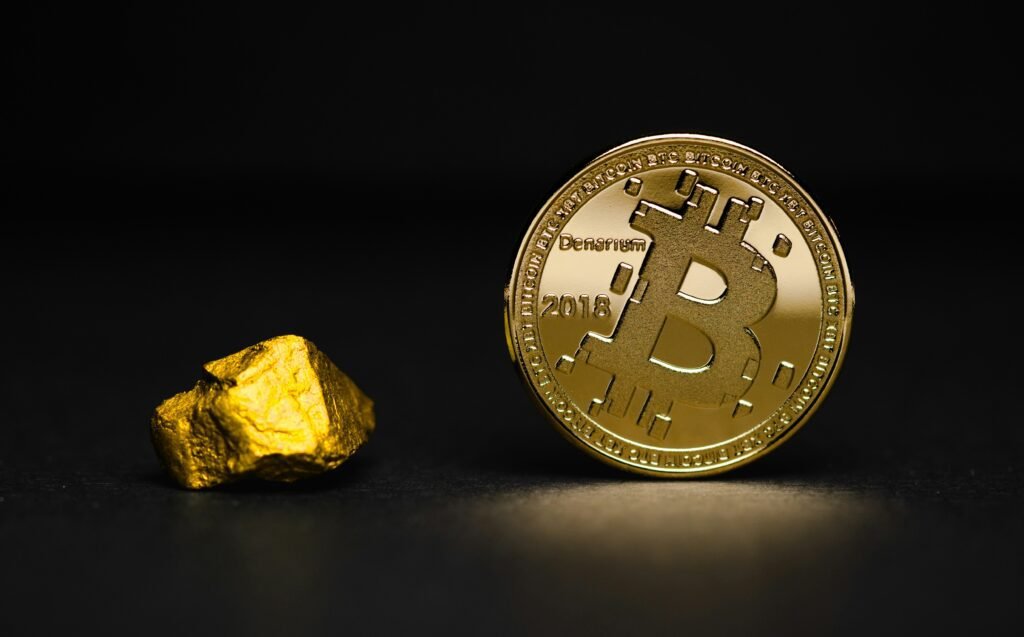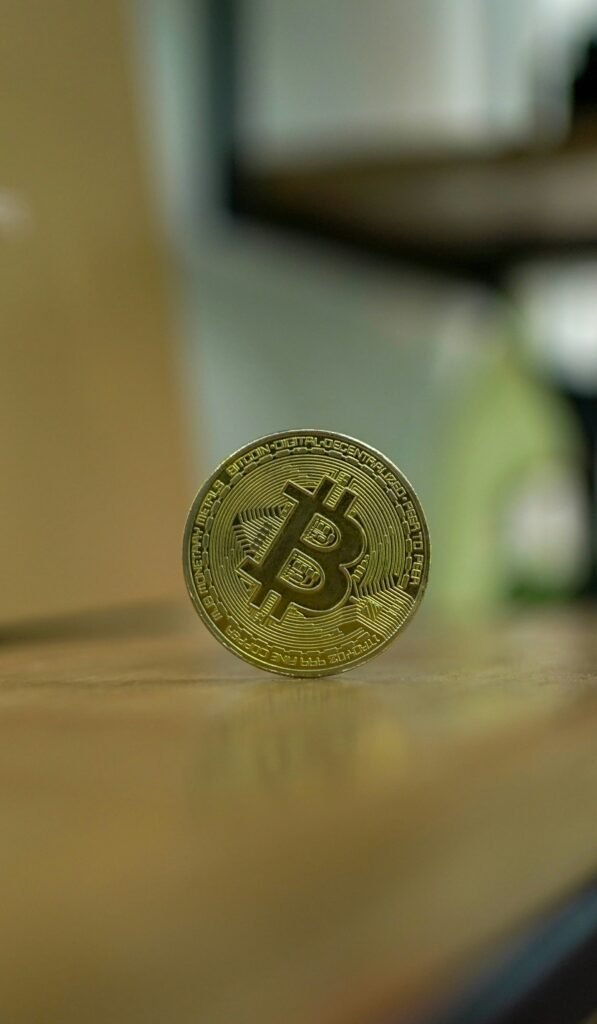By BlockAI
Lead
Bitcoin ETF inflows surged over the past two days, totaling roughly $633 million, as the market wrestles with a typical early-September pullback. These Bitcoin ETF inflows pushed supply from long-term holders into ETF-managed addresses and added fresh demand that could blunt a seasonal “Red September” drop in BTC price. With BlackRock ETF holdings among the largest by AUM and the Federal Reserve policy meeting looming as a macro catalyst, how ETF flows behave now may decide whether redistribution of Bitcoin becomes a price-supporting force or a temporary redistribution to passive products.
Two-day inflows surge
The immediate story is the size and speed of the two-day inflows into U.S.-listed spot products. Bitcoin ETF inflows during this window are the largest two-day inflows since early August, and they appear to be absorbing coins that previously lived in long-term wallets. Rapid inflows to ETF-managed addresses create visible pockets of demand that coincide with the short-term dip in BTC price. Traders watching order books and custody flows now treat those two-day inflows as a near-term technical and sentiment signal.
Long-term holders shift
On-chain data shows a redistribution of Bitcoin out of long-term holders, including sizable treasuries like Metaplanet’s 20,000 BTC position moving toward liquid or custodial addresses. That migration feeds the ETF pipeline: Bitcoin ETF inflows often follow these shifts because ETFs aggregate investor cash and buy spot to meet new unit demand. If long-term holders continue to unwind into ETFs, that changes supply dynamics — selling pressure shifts from spot exchanges to block buys by authorized participants.
BlackRock ETF impact
BlackRock ETF flows and AUM matter more than ever. With the BlackRock ETF alone holding tens of billions by AUM, its purchases can tilt intraday liquidity and influence BTC price moves. Bitcoin ETF inflows tied to large custodians compress available float and can make dips shallower if buying is consistent. However, concentration in a few ETF-managed addresses also raises questions about how much of the market is now indirectly governed by a handful of product managers.
Market sentiment & liquidity
Market sentiment reflects a tug-of-war between cautious traders braced for Fed-driven volatility and investors chasing yield and exposure via ETFs. Federal Reserve policy updates are the next macro catalysts that could turn liquidity into a tailwind or headwind. Bitcoin ETF inflows improve liquidity on the buy side, but if the Fed signals tighter conditions, sentiment can flip, and inflows could dry up — reversing the redistribution of Bitcoin and pressuring BTC price.
Redistribution and BTC price
Whether these Bitcoin ETF inflows can “save” BTC from its September curse depends on persistence. Short bursts of ETF demand can support price temporarily, but sustained inflows are needed to counter seasonal selling and macro risk. A steady flow into ETF-managed addresses, combined with reduced coin movement from long-term holders, would be the clearest path to a durable BTC price rebound this month.
Bottom line
ETF flows are now a central variable in Bitcoin’s short-term outlook. Two-day inflows show that institutional and retail demand can arrive quickly, but the market still needs consistent buying to offset seasonal and macro pressures. Watch the BlackRock ETF AUM updates, custody movement from large treasuries like Metaplanet, and the Federal Reserve policy signals — together they will shape whether Bitcoin ETF inflows convert into lasting price support.
Frequently asked questions about Bitcoin ETF inflows (FAQ)
Q: What are Bitcoin ETF inflows?
A: Bitcoin ETF inflows are net purchases of Bitcoin by exchange-traded funds that track spot BTC. These inflows increase ETF-managed bitcoin holdings as products buy spot to meet investor demand.
Q: Do ETF inflows always raise BTC price?
A: Not always. ETF inflows create demand and can support BTC price, but macro catalysts and sentiment (for example, Federal Reserve policy) can outweigh flows if liquidity reverses or selling accelerates.
Q: Why do long-term holders matter for ETF flows?
A: Long-term holders control a large portion of supply. When they sell into the market and coins move to ETF-managed addresses, the redistribution of Bitcoin changes who holds supply and how price responds.
Q: How quickly can two-day inflows affect markets?
A: Two-day inflows can show rapid demand and influence intraday liquidity; large, concentrated purchases by ETFs can narrow dips and encourage momentum traders.
Sources to this article
DefiDonkey, 2025. Bitcoin ETF inflows spike as institutions buy FBTC and IBIT. Available at: https://defidonkey.com/en/bitcoin-news/bitcoin-etf-inflows-institutions-buy-fbtc-ibit (Accessed 04 Sep. 2025).
DefiDonkey, 2025. American Bitcoin Nasdaq debut triggers wild swings and $2.1B expansion plan. Available at: https://defidonkey.com/en/bitcoin-news/american-bitcoin-nasdaq-debut-sparks-swings-2-1b-expansion (Accessed 04 Sep. 2025).



